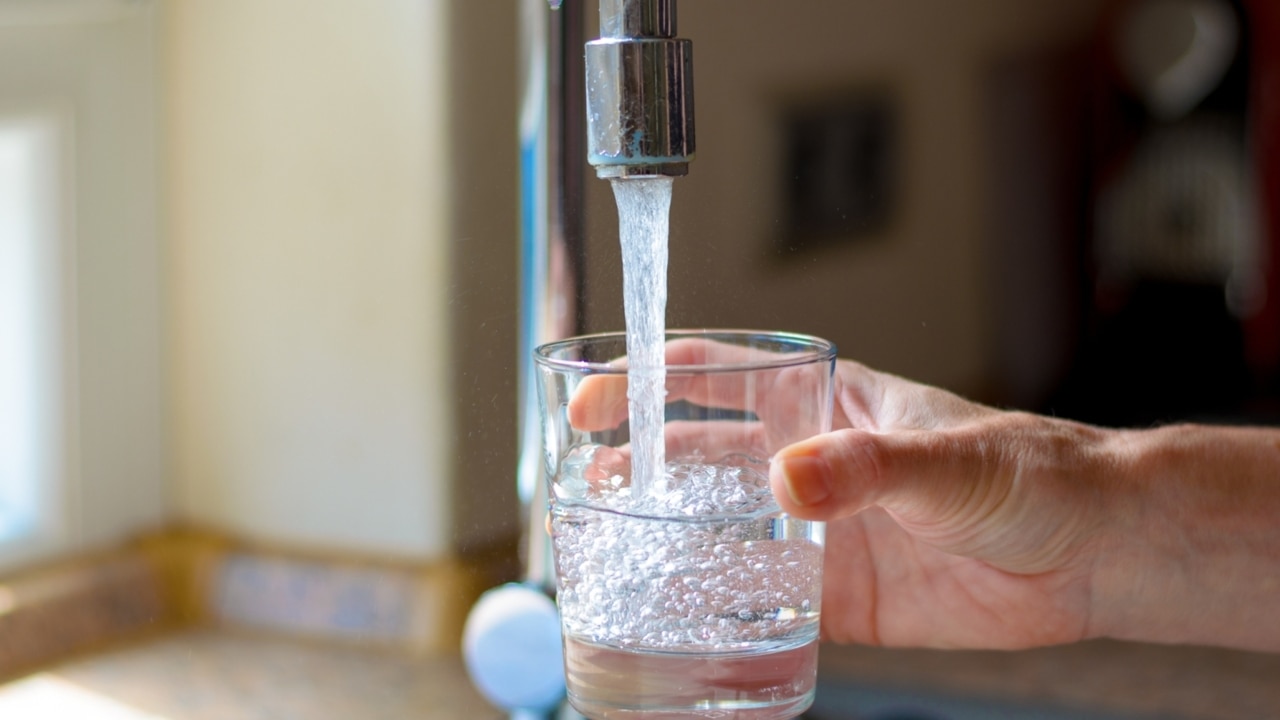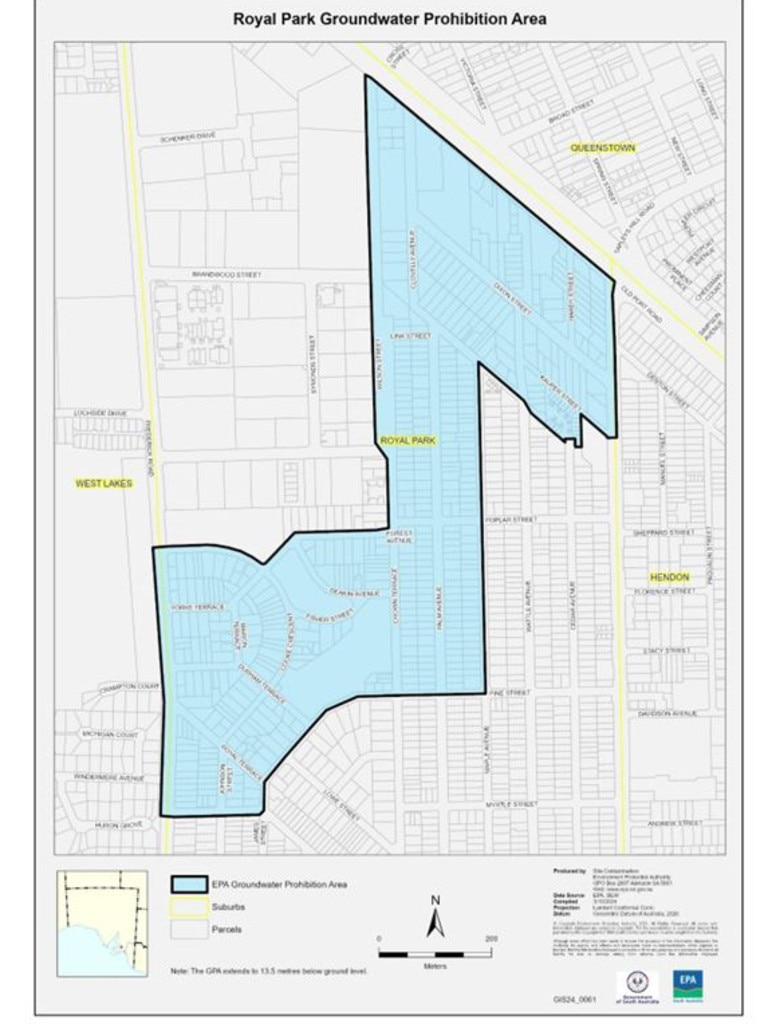PFAS in Royal Park triggers EPA groundwater ban
Concerning levels of chemicals linked to cancer has been detected in groundwater supplies in an Adelaide suburb, prompting a ban on all bore water extraction.

SA News
Don't miss out on the headlines from SA News. Followed categories will be added to My News.
Groundwater restrictions are now in effect for Royal Park after concerning levels of contaminants linked to cancer were found in the soil.
Residents in the Groundwater Prohibition Area could be fined up to $8000 if accessing a bore on their property after the Environment Protection Authority slapped a ban over a designated area.
The regulatory body found per- and poly-fluoroalkyl substances – or PFAS – was detected and the groundwater ban enacted on November 7.
“Taking of groundwater is prohibited in the watertable aquifer and any deeper water bearing zones hydraulically connected to the watertable aquifer up to 13.5 metres below ground surface within the specified area,” the EPA website states.
“The site contamination affecting the groundwater is in the form of PFAS which represent actual or potential harm to human health or safety.”
Charles Sturt council confirmed the Carneigie South Reserve was maintained and greened by the recycled water network, and was not bore-fed.

PFOS and PFOA are included under the umbrella of PFAS (also known as perfluoroalkyl acids, or PFAAs), which have water repellent and heat resistant properties that have made them ubiquitous for use in stain-resistant fabrics, non-stick cookware and firefighting foams.
The chemicals were used in firefighting forms and other industrial activities for more than 50 years before they were banned in South Australia in 2018.
The highly soluble chemicals easily move from the soil to groundwater, and can leach long distances.
“Using contaminated groundwater for drinking, showering, washing, filling swimming pools, watering lawns or irrigating produce over a long period of time is considered a health risk,” the EPA states.
“Prohibiting groundwater use removes the exposure pathway and protects public health.”
The EPA found the likely source of the contamination was “current and historical industrial land use in the northern portion of the site”.
The body noted groundwater was not the primary water supply for the area.
Residents in the identified area are advised home-grown fruit and vegetables are safe to eat provided they are not watered with groundwater.
There is no impact to rainwater and mains water.
“A maximum fine of $8,000 may be issued to persons using groundwater at their property,” the EPA states.





